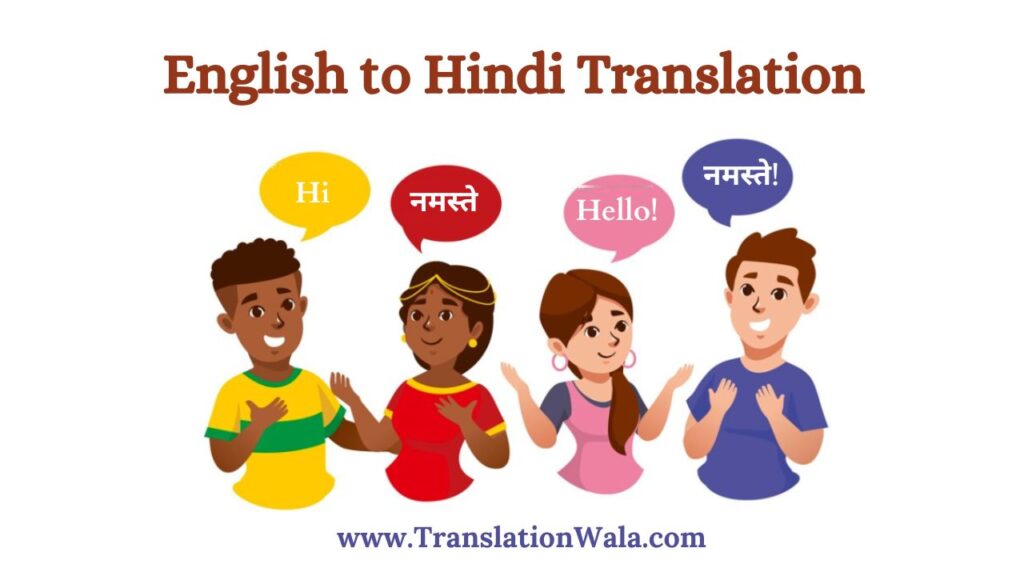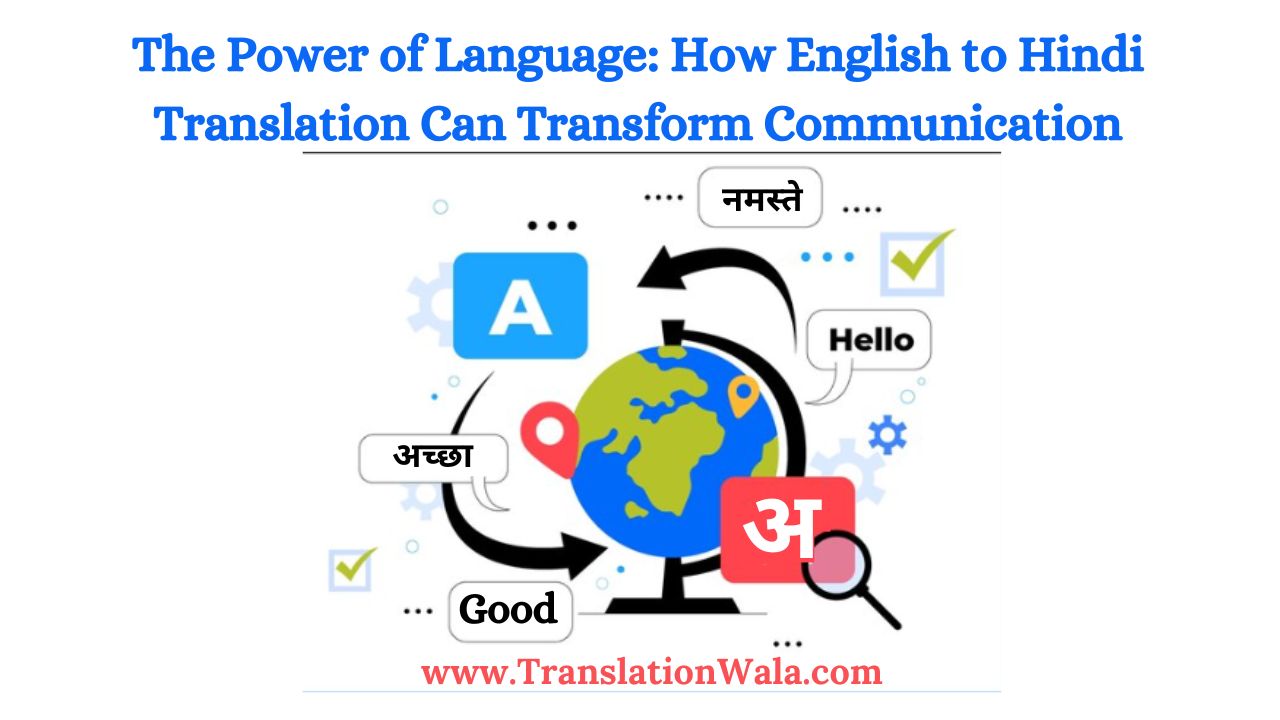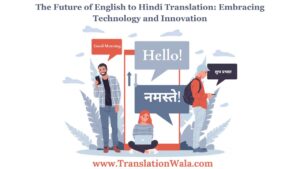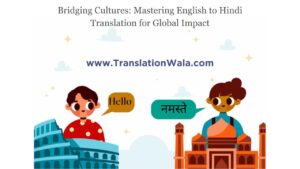As time goes on, the world gets smaller, so being able to talk to people from other countries and languages has become very important. It is possible for people from different groups who don’t speak the same language to share thoughts, feelings, and knowledge through translation. Focusing on English to Hindi translation opens up a world of opportunities. It helps people understand each other, breaks down language obstacles, and gives millions of people in India and around the world more power.
The Role of English and Hindi in a Globalized World
In business, science, and technology that take place around the world, English is often used as the language of choice. This is the key that opens doors to schooling, career advancement, and the rest of the world. Bollywood, on the other hand, is one of the world’s most spoken languages and has a very important cultural and political role in India. It has a long history of literature and is the main language of a huge number of people.
Translating from English to Hindi bridges the gap, creating a strong force that can:
- Fostering Cross-Cultural Understanding: Translation helps people from different backgrounds understand each other better by letting us explore the rich weave of Hindi literature, history, and society. If English-language material is made available in Hindi, Indian viewers can interact with global events, which broadens their views and creates a sense of how everything is related around the world.
- Expanding Business Horizons: To reach the large Hindi-speaking market in India, it is important to have accurate English to Hindi translation. Businesses that make their websites, marketing materials, and goods available in Hindi can reach more customers, which could lead to more sales.
- Enhancing Educational Opportunities: Millions of Hindi people can get more information when English-language training materials are translated into Hindi. There is a huge amount of knowledge that students, experts, and people who want to improve themselves can access. This will help them grow intellectually and professionally.
- Promoting Social Inclusion: When government papers, public service messages, and legal information are translated accurately into Hindi, they can help Hindi speakers who may not be fluent in English make smart choices or get to services they need.
Also Read: English to Punjabi translation: Your trusted partner for all things language

Harnessing the Power of Translation Technology
Translating has come a long way. Technology has given us tools that we have never had before that make translating from English to Hindi faster, more accurate, and cheaper:
- Machine Translation: Artificial intelligence and neural networks power machine translation tools that are always getting better at translating writing from one language to another. They may not always be able to capture all the subtleties of a human translator, but they are very fast and good at what they do, especially for regular conversation or getting the main idea of what is written.
- Translation Memory Software: These tools keep copies of past texts, making a collection that translators can use. This helps keep things consistent, especially when using scientific terms or words from a certain field.
- Computer-Assisted Translation (CAT): CAT tools take the best parts of both human interpreters and language technology and put them together. This kind of software speeds up the translation process, improves accuracy by looking for mistakes, and makes sure that big translation projects use the same terms or brand guidelines.
The Human Touch in Translation
Even though technology is important, it’s important to understand that translation is more than just turning words into each other mechanically. Human translators who are skilled are very important for keeping the original meaning, cultural context, and artistic expression alive during translation:
- Capturing Nuances: A machine might translate a word exactly, but a person translator knows the nuances of a word or phrase and how it fits in its context, so they choose the best Hindi version.
- Adapting Cultural References: It is not always possible to translate idioms, metaphors, and cultural references directly from one language to another. A good translator knows how to explain these ideas in a way that people who speak Hindi can understand and relate to.
The Future of English to Hindi Translation
We will continue to make the world a place where language obstacles don’t exist as technology changes and the need to communicate in more than one language grows. Let us keep an eye on these interesting trends that are making English to Hindi translation even better:
Let me know if there is something you’d like me to go into more detail about!



